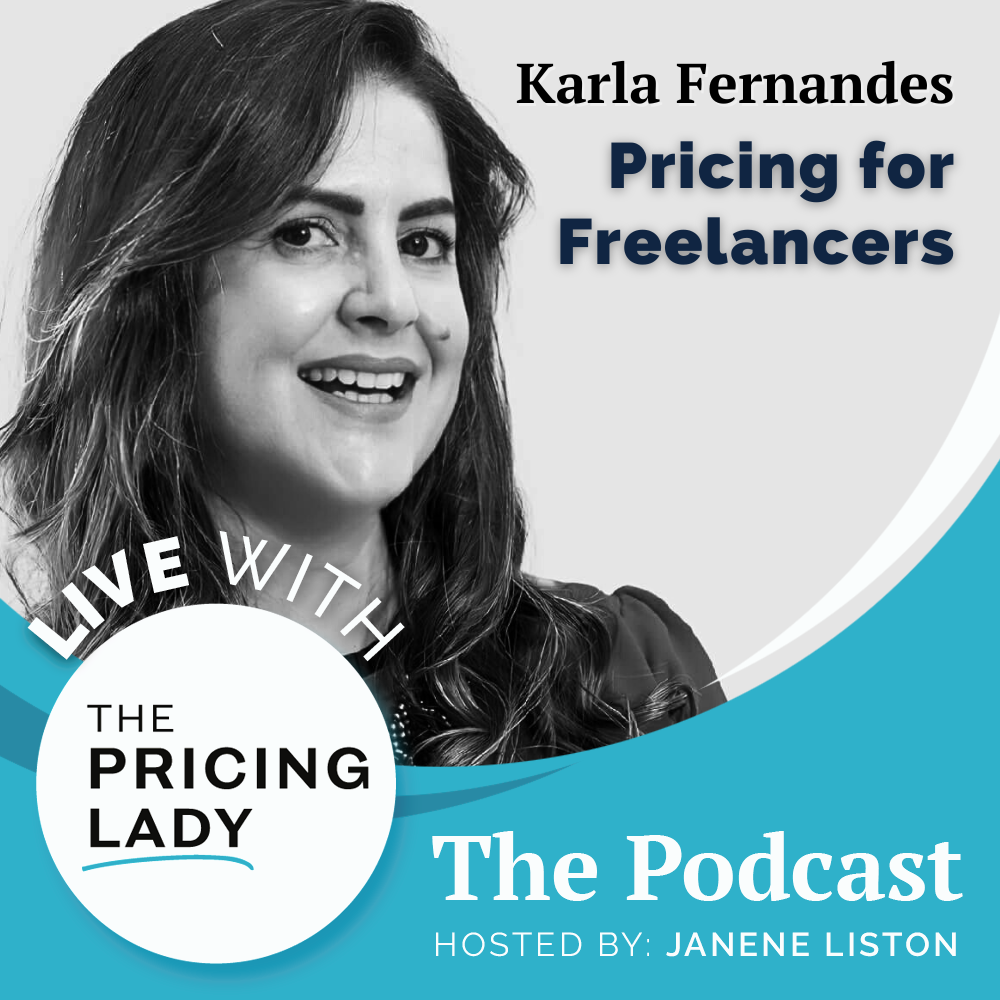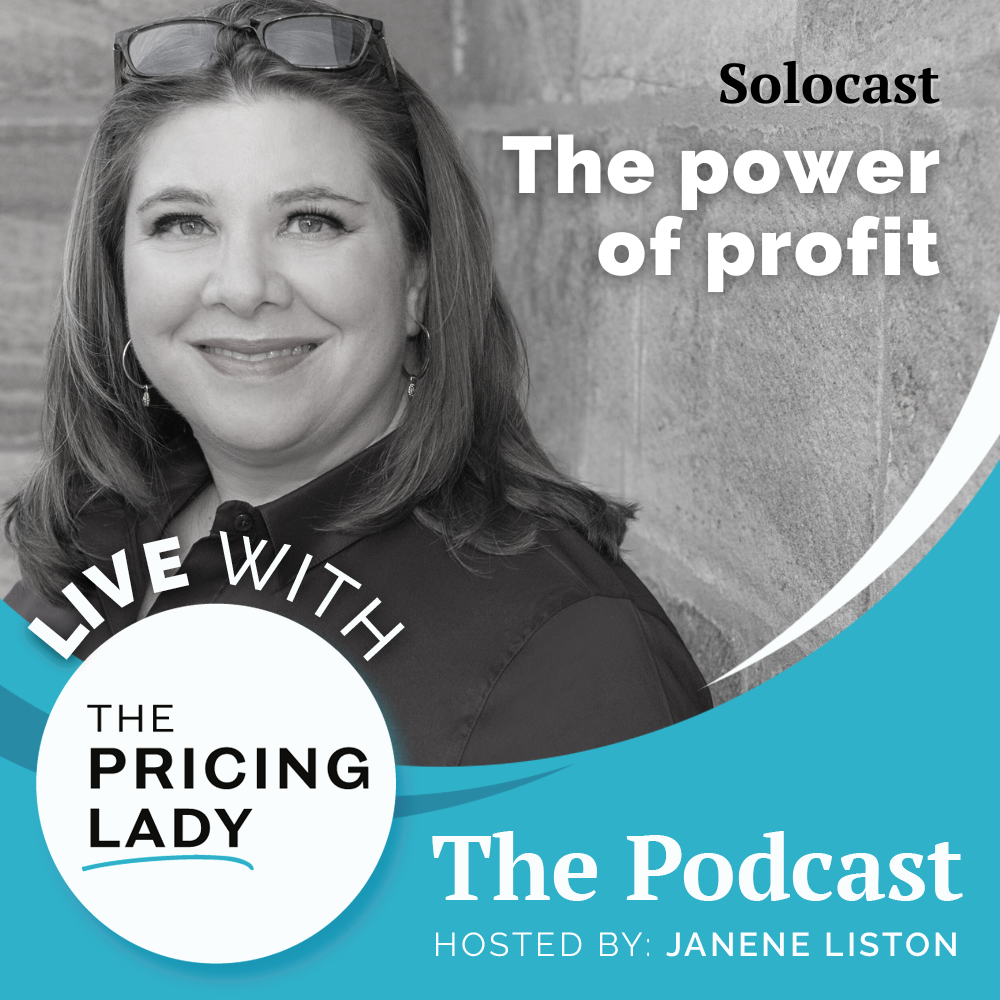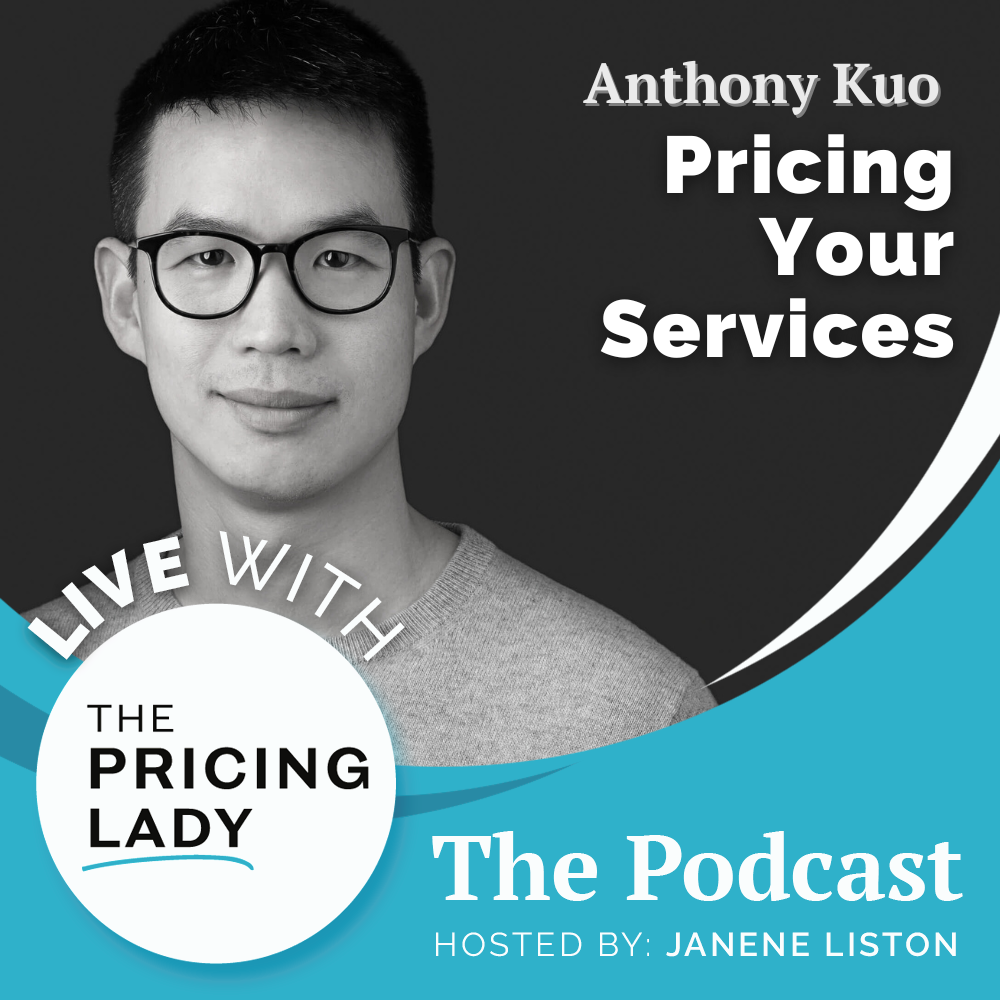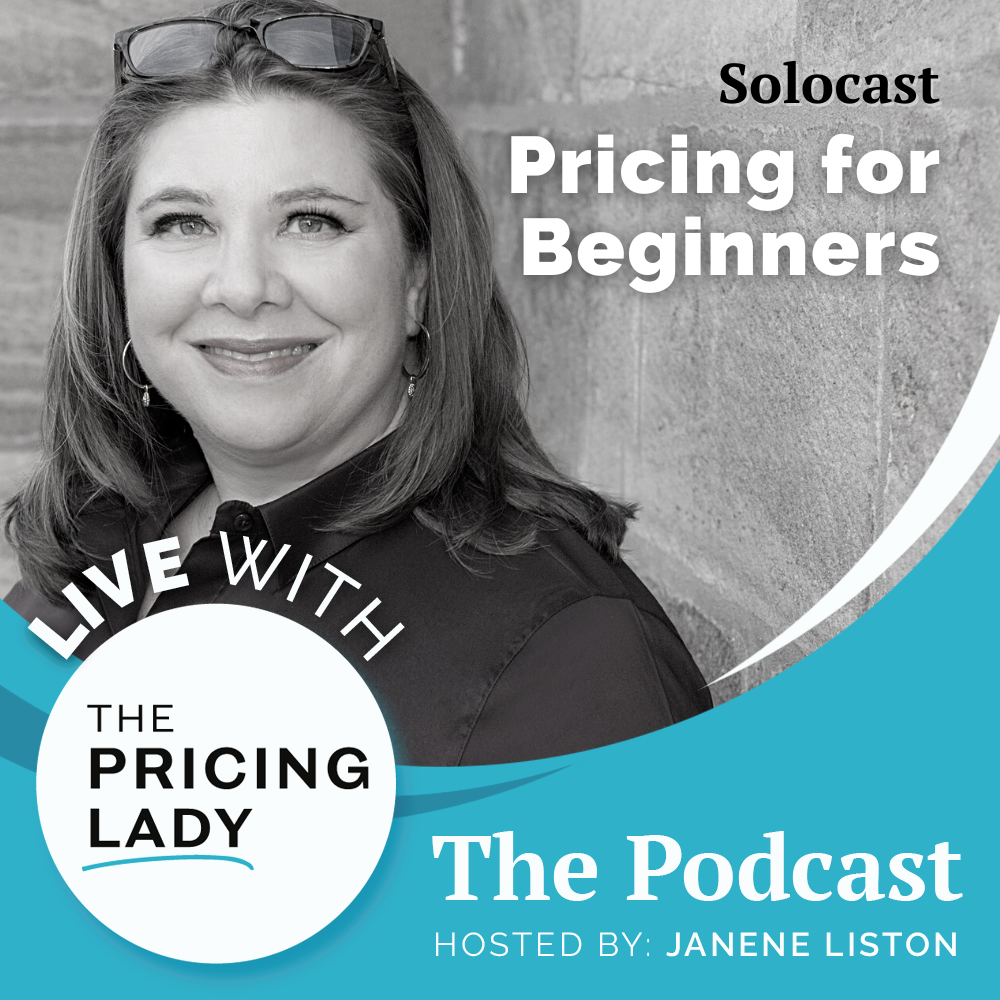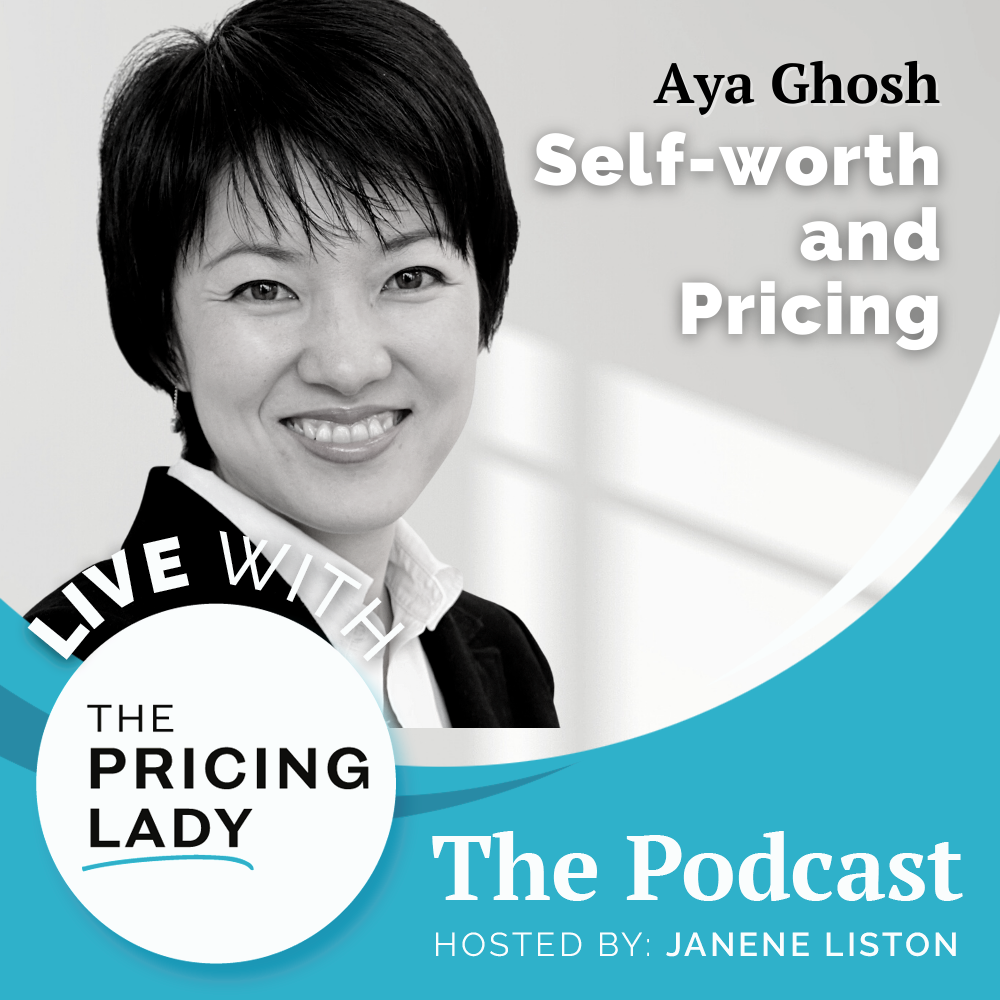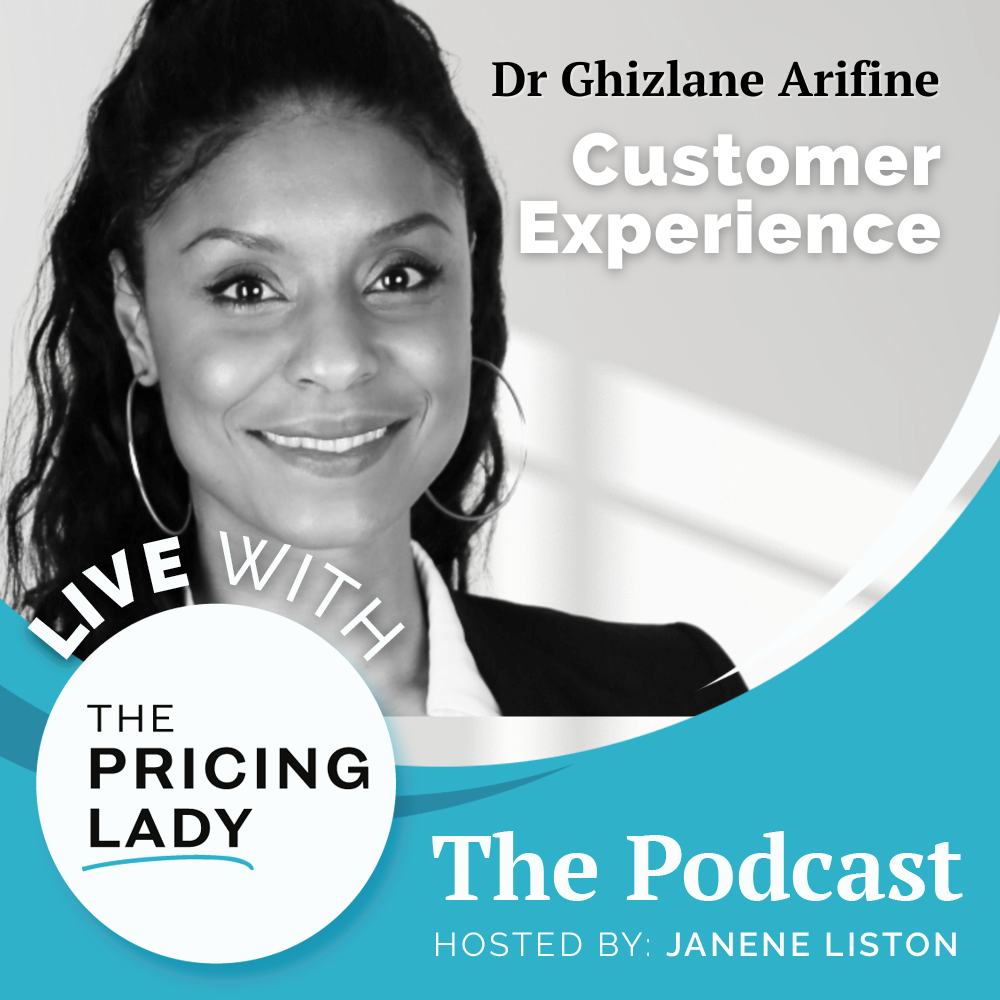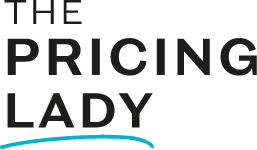Dirty, disgusting discounting habits. They are killing your business and it needs to stop…now. Have you ever granted a discount because:
- it was easy,
- you felt ashamed of your prices,
- guilty to charge that much,
- anxious or afraid to ask for it,
- too lazy to stand up for your value,
- to be “fair”, or
- to prevent objections?
If so, you’re not alone. These nasty discounting habits seem harmless and many people fall victim to them.. But just because others do it, doesn’t mean you should too. If this is what you’ve been doing and you’re not earning enough it’s no wonder. There is a time and place for discounting in some businesses. Once it becomes a habit or something you lean on when you feel uncomfortable then chances are you’re not granting them for a good business reason. Meaning it’s hurting not helping your business.
It’s time to kick the habit and get smart about IF or WHEN you use them. And if you choose to use them to be smart about what types and how you can use them to truly help your business.
In this episode…
In this solo cast episode of Live with the Pricing Lady we first have to take a look at why you’re doing it and how it’s hurting you and your business. Like anything else your intention here is important. If your intention is good but it’s not serving you then something has to change. Then I’ll share with you 5 Tips to avoid the nasty discounting habits that are killing your profits. Watch it in video format here.
Episode highlights:
Note; These time stamps are based on the video format. And may different somewhat for the podcast format.
- 0:56 Why do you do it?
- 2:26 How it hurts?
- 3:00 The great discounting myth
- 4:15 Boundaries
- 5:34 Preparation
- 6:57 Reasons behind
- 9:06 Alternatives
- 9:50 Trade-offs
Quotes from this episode:
“There are so many reasons to grant them, but there are only a few reasons that are actually valid business reasons to grant a discount. You need to be able to differentiate the times when it makes sense from the times where it doesn’t.”
“In order for you to understand whether or not it’s a good business decision, you have got to do the math to make sure you know, how much volume you’re going to need to make up for the loss or the lower price. And where that volume is going to come from.”
“Discounts today do not guarantee business tomorrow.”
“You have to be able to balance that and make sure that what you’re doing in terms of your discounts, your special actions and offers around pricing are actually aligned with your brand and your overall positioning and message.”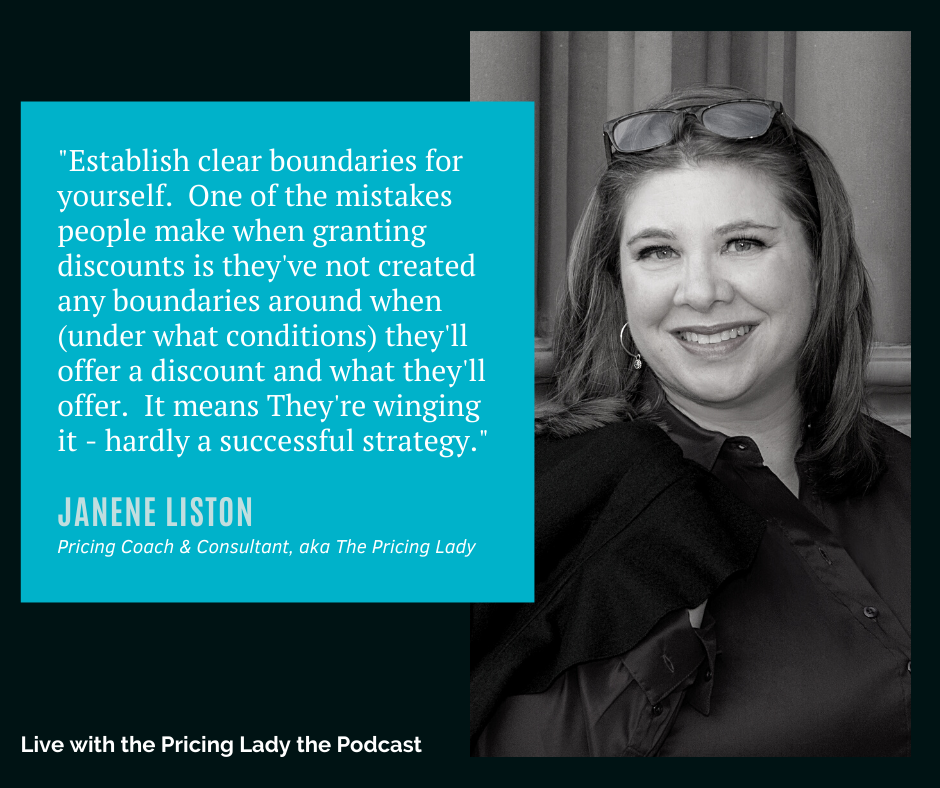
“Having offers at different value levels and, i.e. different price levels, will help you be able to navigate that discussion without feeling the urge to grant a discount.”
Links for this episode:
- The Leaky Bucket of Pricing episode.
- The Pricing Tool Kit
- 5 Steps to Pricing Success Webinar
Reach Out, Connect and Book a Call with Janene
Linkedin | YouTube | Facebook | Email List
Get started improving your business. Sometimes it’s difficult to know where to begin. I suggest you Download the the self assessment Pricing Scorecard. Get a view of what’s working and what’s not working when it comes to pricing in your business. Figure out where to start making improvements.
Get in touch with Janene. If you’ve got a question that needs answering, a challenge you’re facing or you have suggestions for future topics or guests, let me know. Contact Janene.
Listen up! Don’t miss out. There’s a lot going on and you’ll want to be in the know. Follow my YouTube channel (rate it too please) so you don’t miss an episode of Live with the Pricing Lady or join my Email List.
Transform your business and life. My mission is to help you build a sustainably profitable business. One where you can confidently charge for the value you deliver. Curious about my coaching and consulting offers, check them out. Let’s see how we can work together. Book a complimentary Call today!
Episode Transcript
Before we get into the tips, there’s a couple of other things that I want to address.
First, why do you do it?
Why do you grant unnecessary discounts?
That is the big question. Oftentimes you know that you shouldn’t even be granting a discount and you’re doing it anyhow. Here are some of the reasons I’ve heard from people about why they do it.
They want to be fair. They want to be nice. It’s easy to do. Sometimes they’re afraid to say their price without first softening the blow with the discount. They’re unsure of their price and/or unsure of what they offer. They have no real pricing strategy. They’re unsure of themselves. There are so many reasons you might even think that your customer can’t afford it.
Well, how dare you make that judgment for them, is what I say. You’re afraid of the reaction. You think people might like you better and, well, everybody else does it. That is just a short list of the many reasons that you’re granting discounts that are unnecessary in your business.
This is really important because there are so many reasons to grant them.
How it hurts your business
The reasons above are not good reasons, solid business reasons to grant discounts. You need to be able to differentiate the times when it makes sense from the times where it doesn’t. That’s how you’re going to break that habit. How is this hurting profits in your business?
If you’ve watched one of my previous episodes, there’s one called The Leaky Bucket of Pricing. You’ll understand that every time you grant a discount, it’s like taking a bucket that you’re filling with profits as people are buying from you and poking big holes in the side of it with an ice pick. Every time you offer a discount, you’re putting another hole in the side of your profit bucket. Meaning that you are simply draining profits. The thing is most people think, well, if I offer a discount, if I put a hole in my bucket, I’ll sell more and make enough in order to earn more money.
The problem with that scenario is it very seldom works. In the short term, but especially in the long-term. In order for you to understand whether or not it’s a good business decision, you have got to do the math to make sure you know, how much volume you’re going to need to make up for the loss or the lower price. And where that volume is going to come from.
I have a really fantastic tool on my website. If you go to my Pricing Tool Kit, you will find the toolkit there,se the Price Change Calculator. In less than 60 seconds you’ll be able to figure out how much more volume you need in order to break even. Then you can think about where that extra volume is really going to come from.
Establish clear boundaries
We looked at why we do it and how it hurts your profit. I know you’re all chomping at the bit to understand what are the five things that you can start doing to avoid this nasty discounting habit. Let’s take a look at that. The first thing that you want to do is establish a very clear boundaries for yourself. One of the mistakes people make when it comes to granting discounts is they’ve not created any boundaries for themselves about when they’re going to discount.
When they’re not going to discount. Under what circumstances they’re going to offer discounts. If you haven’t ever thought about that and made boundaries for yourself, then you’re making them up as you go along. We all know when we make things up on the fly, it rarely goes as plan.
The first thing you want to do is understand the boundaries that you’re going to be working in within your business. If you have employees in your business, you want to make sure that the employees who are out there selling what you offer, have clear boundaries to work within as well. They know when they can and can’t give discounts. They know when they need to escalate it to someone else. These boundaries are very important, both for you. If you’re in your own business, as well as for your team, if you’re in a bigger business.
Prepare for pricing conversations
Tip number two, prepare for conversations. If you know that you’re going to be having pricing conversations with customers or clients, and you suspect from time to time, you might get challenged or be in a situation where you’re going to want to offer discounts.
You want to prepare for that conversation in advance. Now, part of that is the boundaries, but also thinking about what are other things that you can be doing instead of granting discounts? Prepare, what kind of questions might you get? What kind of objections might you get? And how can you address that without simply lowering the price?
Preparation is absolutely key. If you’re doing project based business where negotiations are a part of that whole process, you’re going to want to prepare even more. You’re also going to want to think about, okay, where’s my walk-away price? Where’s the price where I think, okay, this is still a great deal for me and for the customer?
Where is this an okay deal for me and an okay deal for the customer? At what point am I simply going to say, nope this project is no longer for me? Again having thought about this in advance will make it easier when you’re in the discussion because you won’t have to make it up as you go along.
Stop discounting when it’s not needed
Next, stop discounting for bad reasons. At the beginning of this video, I listed out a whole bunch of bad reasons. You have to understand that each time you’re grabbing those discounts for bad reasons, you are creating a habit for yourself first. Next time you do it gets easier and easier. You ended up doing it more and more.
You’re also training your customers to expect discounts for, well, basically no reason. Last year I had a client and they would actually offer a discount before the customer even objected to anything. They offered the discount with the original offer. Why would you do that, why… would you not see what the reaction of the customer is to your offer before you start offering discounts. Why not wait until they push back and say something before you even consider offering a discount. For example, that is one bad reason to grant a discount.
I also prescribe to the theory that discounts today do not guarantee business tomorrow. If you’re walking into a deal and you’re granting a discount, now, assuming that you’re going to be getting the business next time they need it, what can you do to secure that? Because a discount that you grant today usually becomes the benchmark for the starting price tomorrow.
Be careful of those habits and ask yourself the question is this really necessary? Is this really in the best interest of myself and the customer? Offering discounts, oftentimes isn’t even in the best interest of the customer. We’ve all been in those situations where we did give someone a discount and then their engagement level was much lower than it should have been. Be wary of that as well.
Set yourself up with alternatives
Tip number four, use alternative offers. If you structure your offering, whether it be products or services, if you structure it in such a way that people have to choose between this price and this level of value and this price in this level of value and this price and this level of value, then you always have somewhere to move them to.
If they say that’s too expensive, you say, all right, why don’t we talk about this? This could be a better option for you. Having offers at different value levels and, [00:09:00] i.e. different price levels, will help you be able to navigate that discussion without feeling the urge to grant a discount.
Allow the customer to choose price-value trade-offs
Tip five, make them choose different trade-offs or adjust the value, not with packages, but in other ways. Trade offs are a way to get people to think about what it is they really want versus how much they’re willing to pay for it. If you think of being on an airplane, when you buy a ticket, if you sit on the aisle, it’s one price versus the middle, another versus the window, another.
If you go early in the morning or late at night, it’s a different price than if you go in the middle of the day. These are what I mean by trade-offs. What trade-offs are you going to put in your offers? At what price points? If you’re doing project based business, how can you adjust the scope. Remove something as long as it doesn’t sacrifice the output of the overall project.
This is something that you can do. Again, going back to the very beginning here, be clear about your boundaries around that and be prepared before you go into those discussions around the project scope and the pricing.
That’s what I wanted to share with you today. Discounting is one of those things that can be a really nasty habit in your business. It definitely affects profitability. It also affects people’s perception of value. The more you’re discounting, the more they start to get suspicious about, is this quality? Am I really going to get out of this, what I need?
You have to be able to balance that and make sure that what you’re doing in terms of your discounts, your special actions and offers around pricing are actually aligned with your brand and your overall positioning and message that you want to be sending to your customers.

